What’s The Best Board for Inland Lakes or gusty wind?
- Posted on
- By Ryan "Rygo" Goloversic
- Posted in midlength wingnboard, wingfoil, wingsurf
- 0

Mid-Length Wingboards: What’s The Best Wing Board for gusty wind?

When you’re out winging on a gusty lake or river, or facing a bad wind angle on the coast, the last thing you want is to struggle. Wingfoil board designs have been rapidly evolving and we’re seeing improved designs every season. One trend is that boards are becoming faster and narrower to improve the take off. In 2024 mid-lengths really took off in popularity and for good reason. They solve a lot of common problems the average wing surfer will encounter. One of the main appeals of the sport is that you can wing almost anywhere. The issue is that the wind isn’t always great everywhere so there can be more of a learning curve depending on your location and conditions.
Mid-length wingboards shine in these challenging conditions, making them a top choice for lakes, rivers, reovirus, and ocean riders. Let’s dive into why mid-length and hybrid mid-length boards are perfect for dealing with rotary winds, choppy water, and unpredictable conditions.
Table of contents:
- Whats the best wingboard for inland lakes?
- Why mid-length wingboards are great for bad conditions.
- Which mid-length wingboard should I buy?
- Whats the best wingboard for lakes, rivers, or reservoirs?
- Benefits of mid-lengths and hybrid wingboards.
- When should I switch to a mid-length wingboard?
- Choosing your mid-length board.
What’s the best wingboard for inland lakes?
Why Mid-Length Wingboards Are Perfect for Gusty Winds and Lakes
If you’ve tried learning to wing on a river, lake, or near the shore with lots of obstacles obstructing the wind, you know how frustrating it can be. Gusty wind—created when air flows over buildings, trees, or hills—can be a huge challenge. This “rotary wind” is like turbulence on an airplane, creating inconsistent wind upwind and downwind of obstacles. The wing will move unpredictable, you’ll feel less stable on the board and it’s hard to get up on foil fast enough.
In these situations, mid-length boards can make all the difference. With their hydrodynamic shape and faster acceleration, they excel in accelerating quickly, recovering from wind fluctuations, and handling tough takeoff spots. They’re ideal for riders who need speed to get up between wind lulls, between wave sets after a fall or who want an easier time paddling in and out.
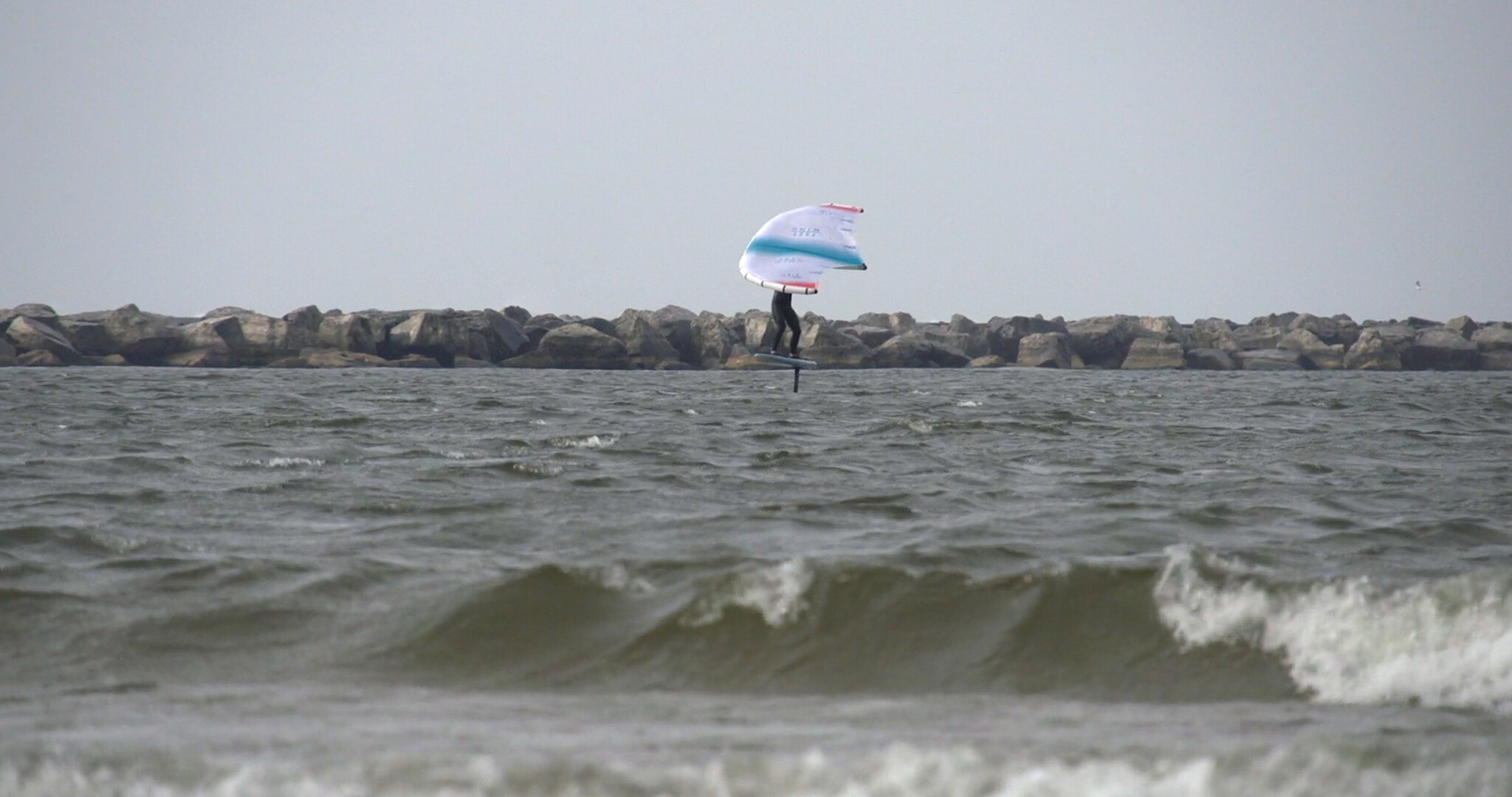
What Makes Mid-Length Boards Ideal for Challenging Conditions?
- Gusty Wind and Quick Recovery: Mid-length boards are streamlined, elongated shape allows them to accelerate quickly, making it easier to recover from gusts and stay balanced.
- Hydrodynamic Design: These boards are long and narrow, which aids in fast takeoffs and quick recovery—perfect for when you’re stuck in between wave intervals or when wind dies down unexpectedly.
- Adaptability Across Levels: Mid-length boards come in a range of designs. Boards like the AK Nomad and Phazer provide a balance between performance and accessibility, helping new and experienced riders alike manage challenging wind conditions.
- Efficiency in Wind “Holes”: When there are gaps in wind strength, mid-lengths can glide smoothly through touch downs, allowing you to maintain speed and get back on foil even with light or inconsistent gusts.
Which mid-length wingboard should I buy?
Choosing the Right Board for Your Riding Level and Conditions
Not all mid-length boards are the same, so it’s essential to choose one that matches your skill level and typical riding conditions. Here’s a quick breakdown of what works best:
For Beginners: Stability is Key
If you’re new to winging, you need a board that provides stability, quick recovery, and ease of use. You won’t have the skill to use a true midlength board. Consider a hybrid like the Phaser or a downwind crossver like the Ak Nomad 95L 115L or 135L. This board has the same shape as a midlength but the volume and stability needed. It won’t have the lateral stability of a true beginner wingboard but it will have faster take offs. The Ak Phazer is more of a hybrid but the larger sizes like the 110 L 125L and 140 L are all wider than the Nomad. They will have the fastest take off for their size and you’ll have an easier time learing how to wing.
With either of these style boards you gain:
- Confidence in Gusty Wind: They have excellent control for touch-and-go riding, allowing you to progress without feeling unsteady.
- A Forgiving Design: The stable design helps you stay balanced, giving you time to adjust as you learn to handle gusty conditions.
- Both have a faster take off compared to other boards.
For Intermediates: Finding the Right Balance Between Speed and Control
Intermediate riders have more flexibility in choosing a board, depending on the conditions they face and their goals. Here’s a comparison:
- AK Nomad mid-length for Light Wind and Minimal Swell: If you’re looking for a board with advanced speed and efficiency, the Nomad offers the quick takeoff and recovery you need. There is a range of smaller sizes to chose for your weight and level.
- Phazer for Versatile Use: The Phazer is a solid all-around board, handling flat water, light chop, and even coastal swells with ease. It’s also great for freestyle riding. The smaller Phazer wings boards are a hybrid mid-length so you can get more ease of use and tap into the fast take off. It’s not quite as fast as a true mid but it will be a great choice.
For Advanced Riders:
Advanced riders facing gusty wind or unpredictable lake conditions may find the Nomad to be their top choice. With a sleek design for fast acceleration, it’s ideal for maintaining momentum and control on light-wind days.
- Superior Control: The Nomad’s hydrodynamic design helps advanced riders navigate challenging conditions, turning gusty days into enjoyable sessions.
- Optimal for Inland Lakes and Wind Holes: This board generates speed quickly and can help you paddle out or back to your starting point with minimal effort.
Some advanced riders do still prefer the Phazer for it’s all-around versatility. It’s a great freetyle and wave wingboard.
Whats the best wingboard for lakes, rivers and reservoirs?
Can you wingsurf inland lakes, reservoirs, or rivers?
One of the most significant challenges in winging on inland lakes or reservoirs is dealing with rotary winds caused by nearby buildings, trees, and natural barriers. These winds create unexpected gusts and “holes” in the airflow. A mid-length, or a hybrid are your best option. Here’s why mid-length boards are such a good fit:
- Fast Takeoff in Limited Wind: Mid-length boards are designed to maximize speed with minimal drag. They allow you to take off even with limited wind, giving you control when you’re between gusts.
- Increased Stability in Rotary Wind: When the wind is unpredictable, a mid-length board’s balanced shape allows for more reliable recovery, helping you stay upright.
- Ideal for Paddling In or Out: If you need to paddle in or out of your starting spot, mid-length boards like the Nomad are a dream. Their long, narrow shape glides smoothly, so you won’t tire out your arms trying to reach your ride zone.
Many of these locations come with unique challenges. Some might require a long swim out where a fast board would be useful. Others might have infrequent intervals between waves. For example Hood River Oregon has great river swell but after a fall it can be difficult to get back on foil between the sets. A fast board will let you get the speed you need to get up between the waves. Some locations have lots of choppy water and yet again, the hydrodynamic hulls of these shapes will cut though the chop better making everything easier for you.
Hybrid Options: The Balance Between Mid-Length and Full-Size Wingboards
For those not ready to jump straight to a narrow, performance-focused mid-length, hybrid boards offer a fantastic alternative:
- Phazer Hybrid Performance: Although the Ak Durable Supply Co. Phazer isn’t as fast as the Ak Nomad, its wider design offers better stability, making it easier to recover from gusty conditions. This is especially helpful for newer riders still adjusting to gusty wind and choppy water.
- Nomad for a Downwind Ride: The Nomad’s larger size options (95L, 115L, and 135L) provide a forgiving introduction to mid-length performance, suitable for beginner and intermediate riders. This board can also handle downwind conditions, giving riders the flexibility to tackle a range of environments.
Larger downwind crossover wingboards are a good introduction into large yet long and narrow wingboards. We have a full review on the Ak Durable Nomad 95 L that should give you an idea of what to expect from a board like this.
Is It Time to Switch to a Mid-Length Wingboard?
If you’re an intermediate or advanced rider still using a large wingboard, switching to a mid-length might just be the upgrade you need. We recommend you have at least a season or two of riding under your belt. If you are still using a 110 L and up, consider a downwind shape like the 95L Nomad before downsizing to a true mid-length. If you are looking to step down to a 75 L, you might consider a hybrid for another seaon. This will let you develop your skills and be easier to use. By season three you might be ready for a true mid-length wingboard. If you are unsure which size winghboard you should step down to you can read our full guide on how to size down a wingboard.
Benefits of mid-lengths and hybrid mid-lengths.
- More Efficient Paddling: Mid-length boards like the Nomad or Phazer paddle effortlessly, letting you save energy and focus on riding rather than battling the water.
- Less Reliance on Wind Gusts: With a fast mid-length board, you won’t have to wait for a gust to get speed. You’ll be more efficient and can generate speed quickly, allowing for smoother takeoffs.
- Better for Choppy, Windy Conditions: Mid-length boards perform well in gusty, rotary wind common in lakes and reservoirs. They help you stay balanced and recover quickly, making tough conditions more manageable.
AK Nomad and Phazer: Comparing Performance in Real Conditions
To wrap up, let’s look at why the AK Nomad and Phazer boards are some of the best choices for gusty, inland, and challenging conditions:
- Nomad’s Speed and Recovery: This board is narrow but accessible, providing a fast, stable ride even when the wind is inconsistent. It’s ideal for riders who want to tackle gusty days without sacrificing speed or control.
- Phazer’s Stability and Versatility: The Phazer offers more width and stability, making it perfect for beginners or those who want an all-around board. It’s reliable in various conditions, from flat lakes to mild coastal swells.

Choosing Your Mid-Length Wingboard.
Ultimately, the best mid-length board depends on your skill level and where you plan to ride. Whether it’s the AK Durable Supply Co. Nomad for a true mid-legnth or a hybid like the Ak Phazer for an easygoing all-rounder, these boards will elevate your experience in challenging conditions. We do have a full length guide on hybrid mid-length wingboards if you want to learn more. You can read that here.
If you have any questions please call or email us. We're here to help!
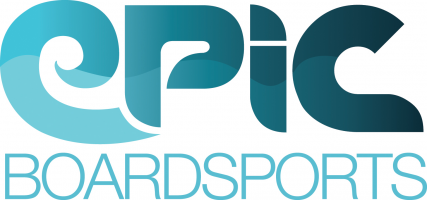
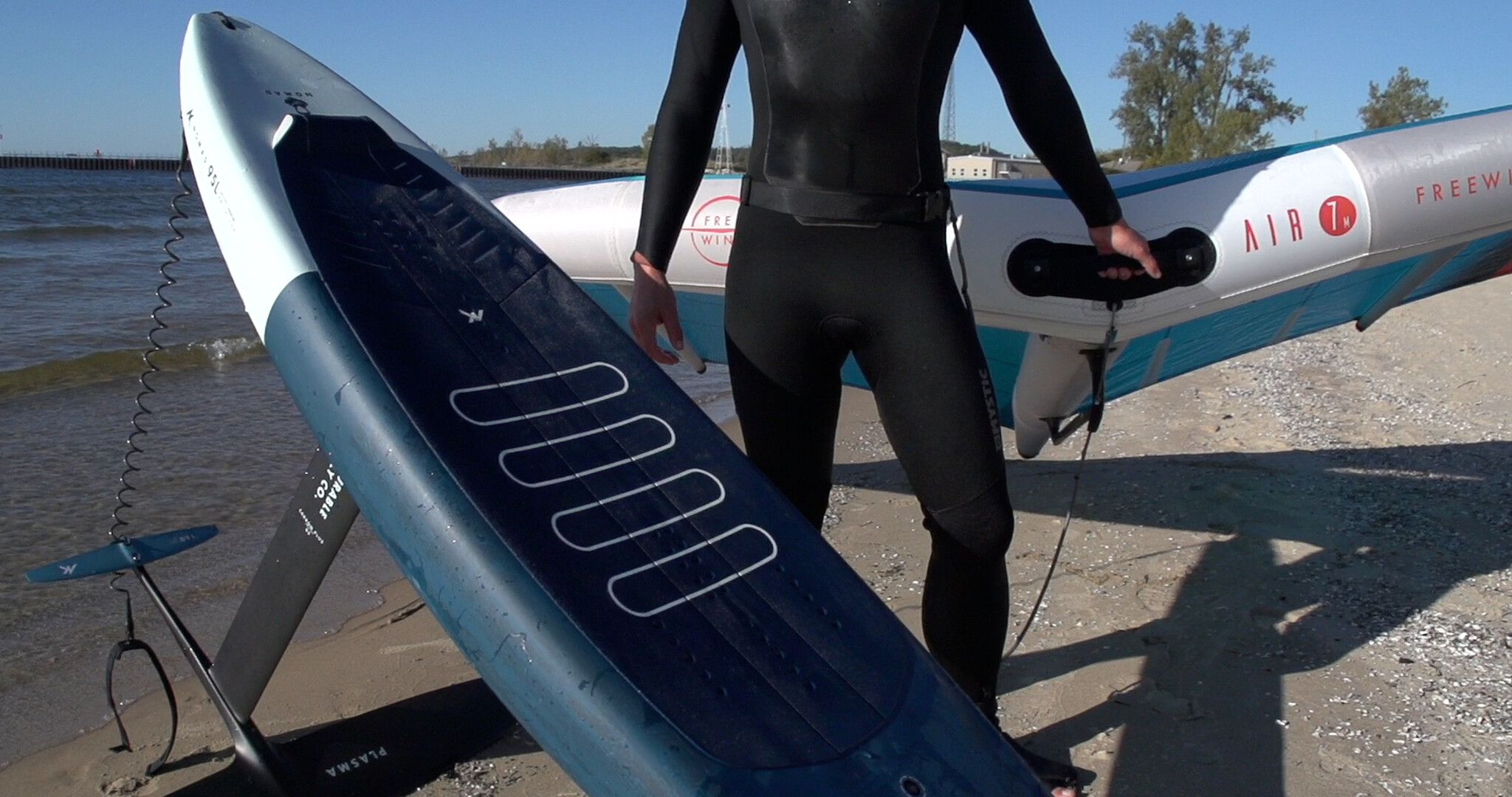
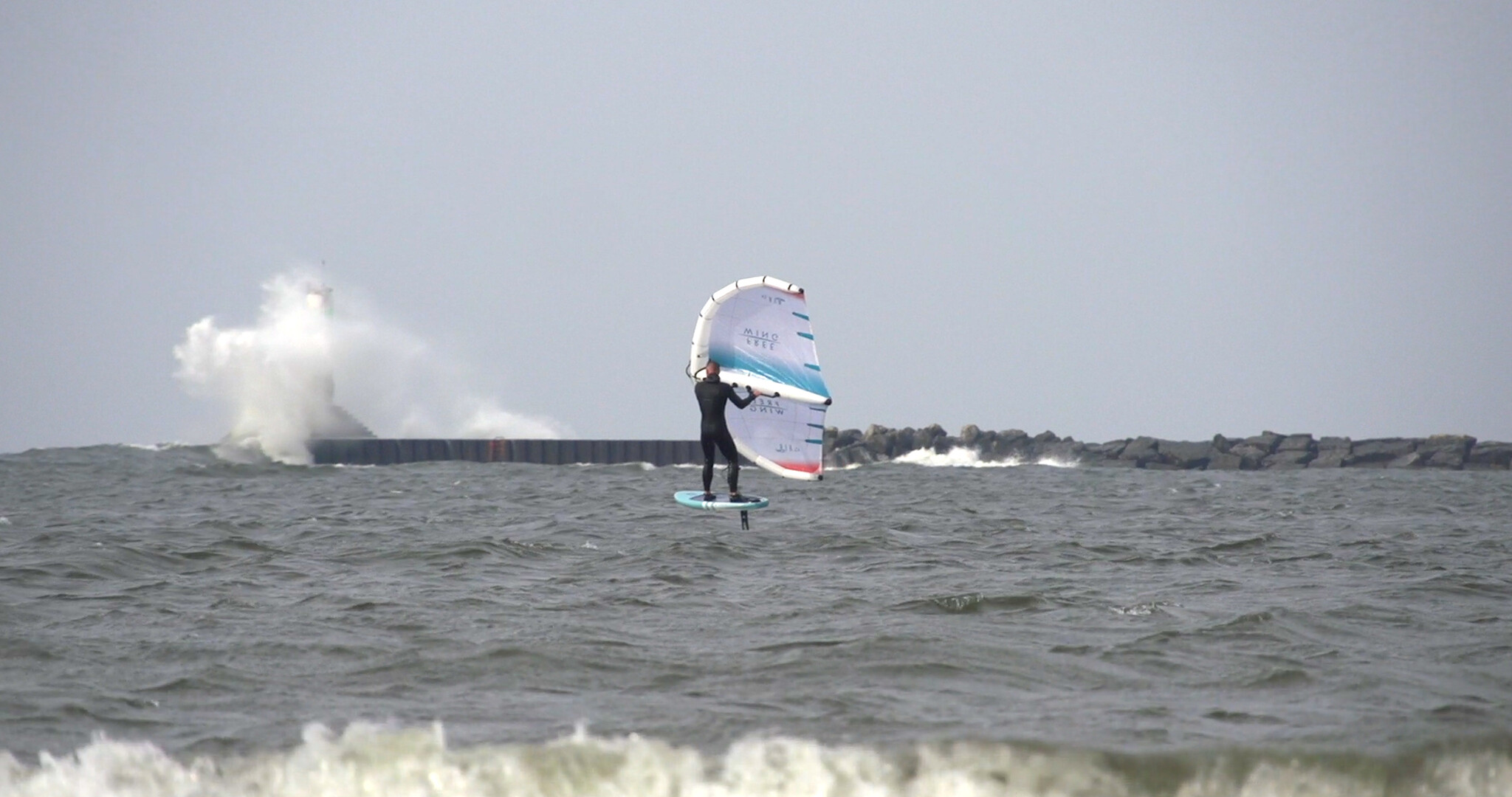

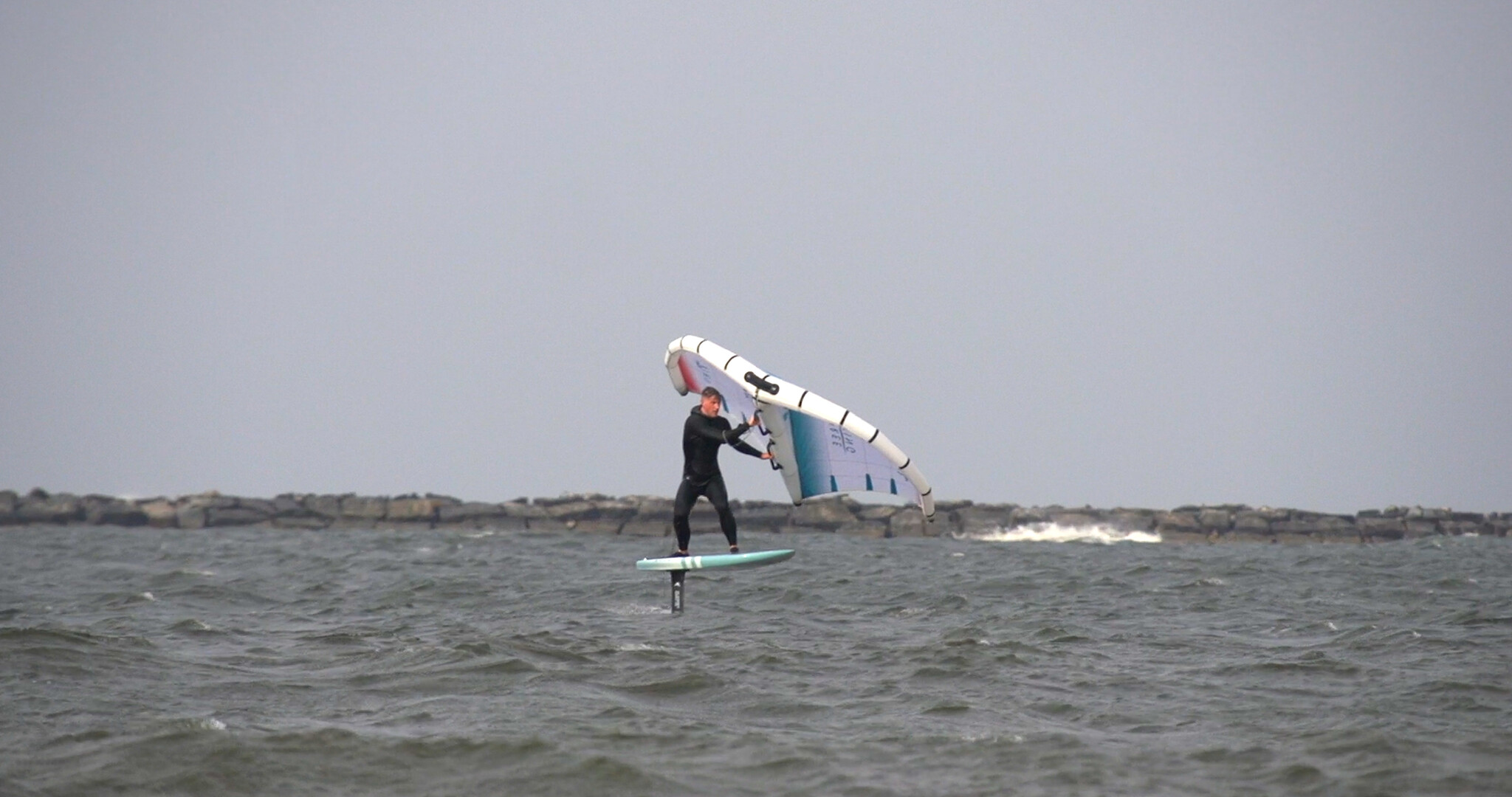
Comments
Be the first to comment...